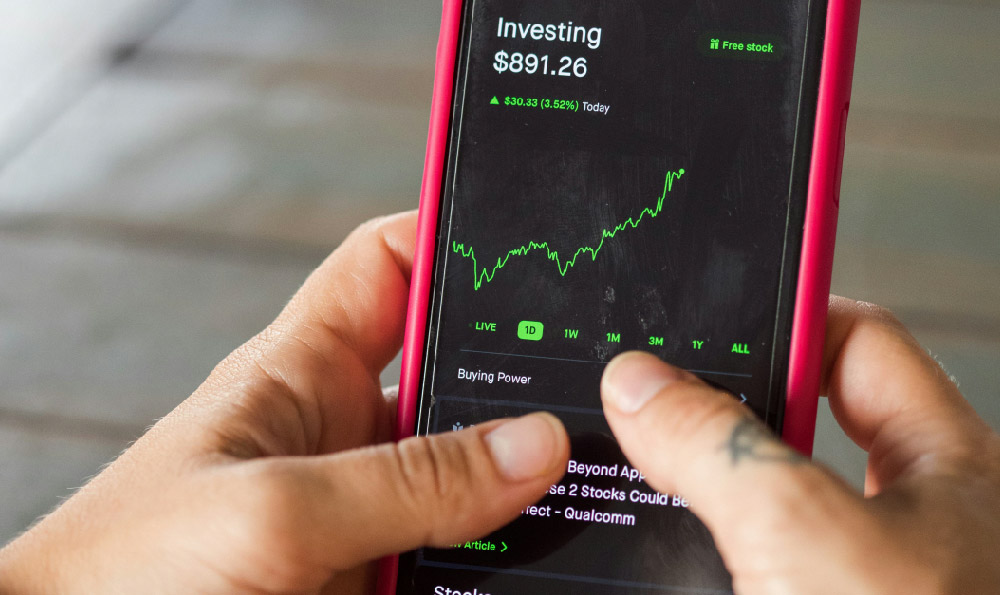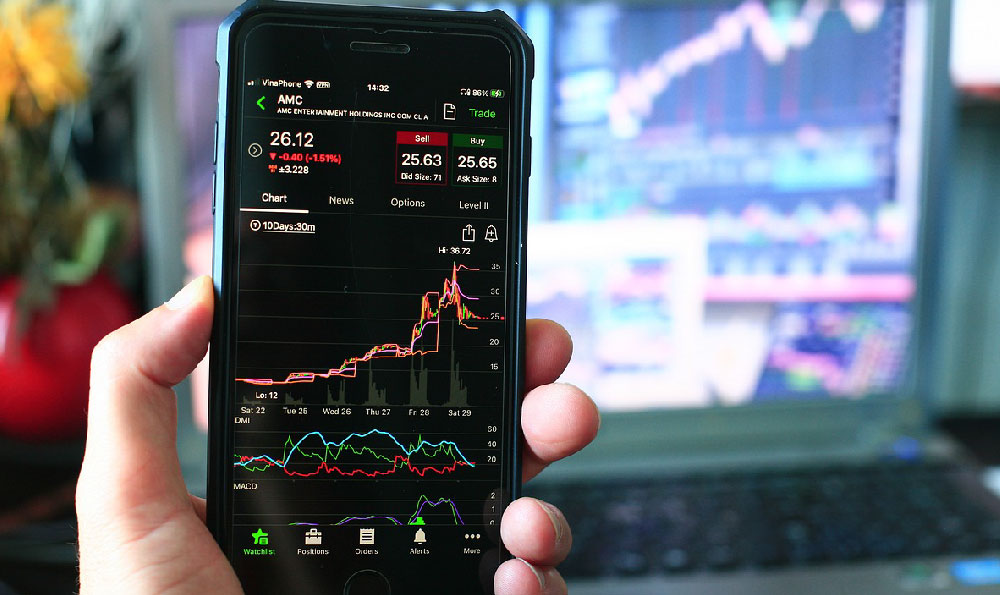How does Sweatcoin work, and how does it generate revenue?

Sweatcoin, at its core, is a digital currency designed to incentivize physical activity. It operates on a very simple premise: you move, you earn. But the intricacies of its operation and the mechanisms through which it generates revenue are far more layered than the initial user experience might suggest. Understanding these aspects is crucial for anyone considering integrating Sweatcoin into their fitness routine or exploring it as a potential investment (though it's important to remember that Sweatcoin is not currently a cryptocurrency in the traditional, decentralized sense).
The fundamental functionality of Sweatcoin revolves around tracking a user's steps via their smartphone's accelerometer and GPS. The app converts these steps into Sweatcoins, the digital currency. However, not all steps are created equal. The app employs algorithms to verify the legitimacy of movement, filtering out activities like shaking the phone or simply driving in a car. This verification process aims to ensure that Sweatcoins are awarded only for genuine physical exertion. While the exact algorithm remains proprietary, it's understood to consider factors such as consistency of pace, GPS location, and accelerometer data to differentiate between walking and other forms of movement. This verification process is critical for the sustainability of the Sweatcoin economy. Without it, the system would be susceptible to fraud and inflation.
Once earned, Sweatcoins can be redeemed for a variety of goods and services within the Sweatcoin marketplace. This marketplace is where the app truly differentiates itself from simple fitness trackers. It partners with brands and retailers to offer discounts, products, and experiences in exchange for Sweatcoins. These offerings can range from fitness apparel and healthy snacks to electronics and even travel packages. The value of Sweatcoins fluctuates based on supply and demand within the marketplace. Items with higher demand typically require more Sweatcoins, while less popular items may be offered at a lower price. This dynamic pricing mechanism helps to regulate the Sweatcoin economy and ensure that there is always something of value for users to redeem their earnings for. It's important to note that the value of Sweatcoin is not directly pegged to any fiat currency, and its perceived value is determined by the goods and services available within the ecosystem and the willingness of users to acquire and spend them.

Now, let's delve into the core of Sweatcoin's revenue generation strategy. The primary revenue stream for Sweatcoin comes from partnerships with brands and retailers. These companies pay Sweatcoin to list their products and services within the app's marketplace. The payment structure can vary, but it typically involves a combination of upfront fees, commission on sales generated through the app, and performance-based incentives. This arrangement benefits both Sweatcoin and its partners. Sweatcoin gains revenue, while partners gain access to a highly engaged user base that is actively looking for ways to spend their Sweatcoins. This creates a symbiotic relationship where both parties benefit from the platform's success. In essence, Sweatcoin acts as an advertising platform, connecting brands with health-conscious consumers. The more active and engaged the Sweatcoin user base is, the more valuable it becomes to potential advertisers.
Another significant revenue stream comes from data analytics. While Sweatcoin emphasizes that it does not sell users' personal data to third parties without their consent, it does collect anonymized and aggregated data about user activity patterns. This data can be valuable to researchers, healthcare providers, and urban planners who are interested in understanding population-level trends in physical activity. For example, the data could be used to identify areas where people are less active or to evaluate the effectiveness of public health interventions. Sweatcoin can license this anonymized data to these organizations for a fee, generating revenue without compromising user privacy. This revenue stream relies on the scale and scope of the Sweatcoin user base. The more users the app has, the more comprehensive and valuable the data becomes.
Furthermore, Sweatcoin generates revenue through premium subscriptions. The app offers different tiers of membership, with higher tiers providing benefits such as increased daily earning limits and access to exclusive rewards. These premium subscriptions provide a recurring revenue stream for Sweatcoin and incentivize users to become more active and engaged with the platform. The pricing of these subscriptions is carefully calibrated to balance affordability with perceived value. Users are more likely to subscribe if they believe that the benefits outweigh the cost. This revenue stream is relatively stable and predictable, providing a solid foundation for the company's financial performance.
Looking ahead, Sweatcoin is actively exploring new avenues for revenue generation. One potential area is the development of a decentralized cryptocurrency called SWEAT, which is designed to be integrated with the existing Sweatcoin platform. This new cryptocurrency would be built on a blockchain and would be tradable on cryptocurrency exchanges. The transition to SWEAT aims to address some of the limitations of the current Sweatcoin system, such as its centralized nature and limited scalability. By leveraging the power of blockchain technology, Sweatcoin hopes to create a more robust and sustainable ecosystem for rewarding physical activity. The launch of SWEAT could also open up new revenue streams, such as transaction fees and staking rewards. However, it is crucial to acknowledge that the transition to SWEAT also introduces new risks and challenges, such as regulatory uncertainty and market volatility.
In conclusion, Sweatcoin's revenue generation model is multifaceted and relies on a combination of partnerships, data analytics, premium subscriptions, and the potential future launch of SWEAT. While the app's primary goal is to incentivize physical activity, it also operates as a sophisticated advertising platform and data analytics provider. Understanding these aspects is essential for anyone who wants to fully appreciate the complexities of the Sweatcoin ecosystem. As with any investment or platform, it is essential to carefully evaluate the risks and potential rewards before making any decisions. While Sweatcoin offers a compelling way to earn rewards for staying active, it is not a get-rich-quick scheme and should be viewed as a supplement to, not a replacement for, a comprehensive financial strategy.















